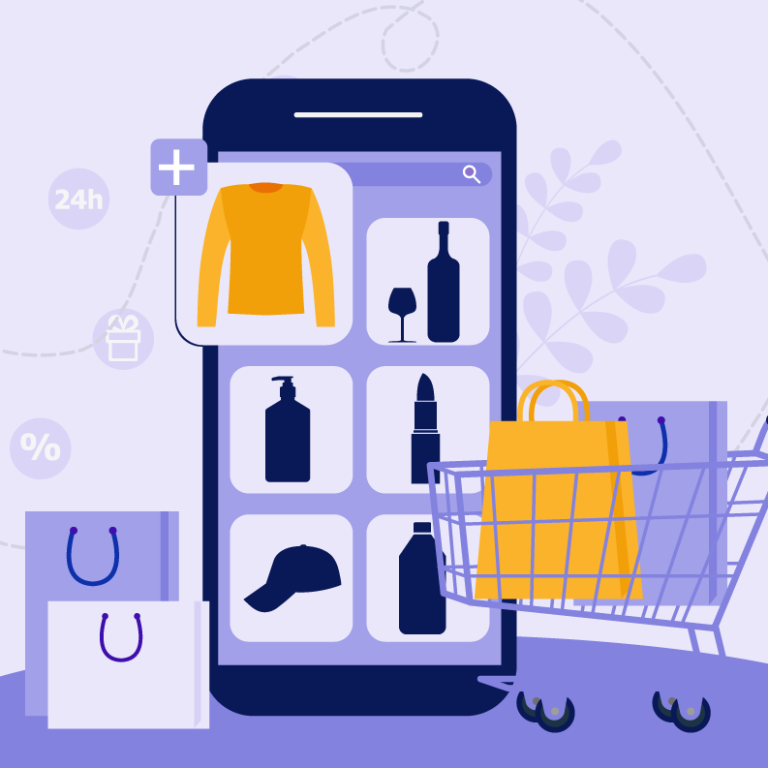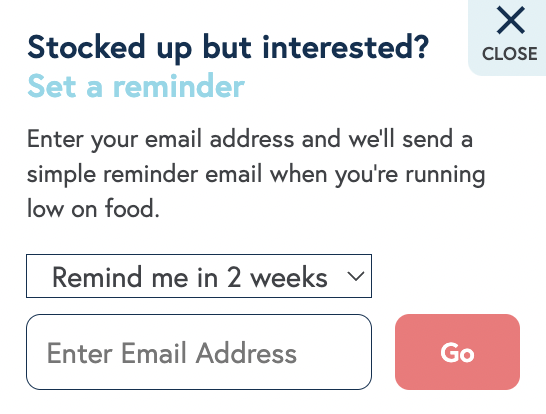
Your product pages might look great, but are they doing their job?
Shoppers today expect to find adequate — or, better yet, more than adequate — information about the products they buy online. If they don’t, there are plenty of opportunities for them to go elsewhere.
Creating rich product pages packed full of image galleries, videos, comparison charts, PDFs, and feature tours as well as traditional descriptions, bullets, and titles is becoming a necessity for brands to stand out.
But it’s not enough to throw content at your product pages for the sake of it and hope for the best — you must also ensure that your product content strategy is driving a return on investment (ROI).
The Benefits of a Good Product Content Strategy
Decent content is the driver behind most product sales. Salsify’s latest consumer research found that 55% of consumers won’t purchase a product online if it has “bad” product content.
According to study participants, not enough product information or low-quality product images were a huge deterrent and main contributors to the label of “bad” product content.
In fact, 58% of global consumers said the top reason they don’t buy a product online is that there’s “not enough information or details provided.” Additionally, 39% of shoppers said they would return an item if it didn’t match the images from the product page.
It’s clear that good product content reduces hesitations, tackles objections, and slashes the number of returns. Good, engaging product content is essential to the decision-making process.
But what does it mean to say “good” content?
This means content that performs well — content that engages shoppers, increases sales, and drives conversions. To do so, good product content has to go beyond the basic title, description, and bullet format.
Enhanced content provides shoppers with a variety of information that guides them through the shopping journey and increases the success of key performance indicators (KPIs). Typically, it increases conversion rates by 15% in most categories per Salsify research.
The 6 Most Important KPIs for a Product Content Strategy
Enhanced product content takes on a rich media layout (usually below the fold) and is packed full of enticing elements, like videos, user-generated content (UGC), image galleries, feature tours, downloadable resources like PDFs, comparison charts, and anything else that spotlights the top features and benefits of a product.
There’s a lot to track, so how do you make sure you’re monitoring the right metrics?
These KPIs provide insight into how well your content is doing, where improvements can be made, and identify potential content opportunities moving forward.
1. Add-to-Cart Rate
Add-to-cart rate is the percentage of shoppers who add an item to their cart during their time on site. It’s a good indicator of how well your content describes the product because someone is unlikely to add something to their cart if they aren’t interested in it or don’t understand it. The higher your add-to-cart rate is, the more sure you can be that your product content is doing its job well.
2. Conversion Rate
Conversion rate tracks the percentage of shoppers who completed a desired action — in this context, it’s usually making a purchase. The more conversions you have, the more likely it is that your product content is performing well.
Similarly to the add-to-cart rate, it’s unlikely that someone will make a purchase if they haven’t got what they need from your product content. A low conversion rate could indicate a number of issues, including bad or inadequate product content, and it might just need a small fix. For example, according to PowerReviews, adding UGC to your product pages can increase conversions by 8.5%.
3. Impressions
Impressions are the number of views you get on a product page — one shopper equals one impression. Having a high impression count means a lot of people are checking out your products, but if the conversion rate and add-to-cart rate don’t match, it could be because your product content isn’t showing your product in the best light. This KPI works best when paired with other metrics to see whether the views you get translate into actual sales.
4. Product Coverage
It can be tricky trying to populate every product page with enhanced content, especially if you have thousands of SKUs in your catalog. Measuring product coverage — that is, the number of product pages that feature enhanced content — will help you track your content output and compare the performance of product pages with no enhanced content with those that do have it.
5. Time Spent on Page
Time spent on page means exactly what it sounds like. It measures how long shoppers stay on a product page. And according to Business.com, the longer someone spends on a page, the more likely they are to buy.
Enhanced content often goes into detail below the fold and provides extra reading beyond the product description and hero image. If the time spent on page is high, there’s a good chance shoppers are engaging with your product content below the fold.
6. Return Rate
Return rate measures the number of returns against the number of products purchased. If your return rate is particularly high, there could be a discrepancy between the information you’re providing on your product page and the product itself. Ideally, your product content will help manage shopper expectations and give them the information they need to determine whether the item is a good fit for them.
How To Use This Information To Drive ROI
Getting these insights is only half the battle. To drive real ROI, you need to understand what to do with these metrics and how to use the numbers moving forward. Having insights into these KPIs can help you make informed decisions for product content optimization, including which content to update and when to update it.
Ongoing access to critical insights means you can adapt your strategy based on consumer wants and needs, as well as industry trends. For example, by quickly visualizing what SKUs have content published, and where, you can take direct action to tweak media layouts and close content gaps.
You can do this with an enhanced content solution with an analytics function, as most provide enough metrics to move the needle, even if they don’t go in-depth for every KPI you might want to track. This can equip your team with the information they need to move quickly by providing real-time insights to optimize your enhanced content strategy.
Improve Your Product Content Strategy With the Most Important KPIs
It’s no secret that today’s consumers crave accurate, reliable, and robust product pages with enough information to reassure them. Keeping track of how shoppers engage with your PDP content through KPIs will show you how well your content is performing and whether there are any gaps, which will ultimately help you tighten up your product content strategy and maintain a competitive edge.





![How to Start a YouTube Channel for Your Online Store [+ Examples]](https://thegateway.net.au/wp-content/uploads/2021/02/how-to-start-a-youtube-channel-for-your-online-store-examples-768x328.jpg)
